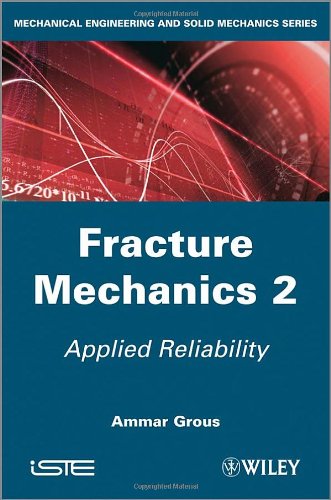

Most ebook files are in PDF format, so you can easily read them using various software such as Foxit Reader or directly on the Google Chrome browser.
Some ebook files are released by publishers in other formats such as .awz, .mobi, .epub, .fb2, etc. You may need to install specific software to read these formats on mobile/PC, such as Calibre.
Please read the tutorial at this link: https://ebookbell.com/faq
We offer FREE conversion to the popular formats you request; however, this may take some time. Therefore, right after payment, please email us, and we will try to provide the service as quickly as possible.
For some exceptional file formats or broken links (if any), please refrain from opening any disputes. Instead, email us first, and we will try to assist within a maximum of 6 hours.
EbookBell Team

4.4
12 reviewsThis second book of a 3-volume set on Fracture Mechanics completes the first volume through the analysis of adjustment tests suited to correctly validating the justified use of the laws conforming to the behavior of the materials and structures under study.
This volume focuses on the vast range of statistical distributions encountered in reliability. Its aim is to run statistical measurements, to present a report on enhanced measures in mechanical reliability and to evaluate the reliability of repairable or unrepairable systems. To achieve this, the author presents a theoretical and practice-based approach on the following themes: criteria of failures; Bayesian applied probability; Markov chains; Monte Carlo simulation as well as many other solved case studies.
This book distinguishes itself from other works in the field through its originality in presenting an educational approach which aims at helping practitioners both in academia and industry. It is intended for technicians, engineers, designers, students, and teachers working in the fields of engineering and vocational education. The main objective of the author is to provide an assessment of indicators of quality and reliability to aid in decision-making. To this end, an intuitive and practical approach, based on mathematical rigor, is recommended.